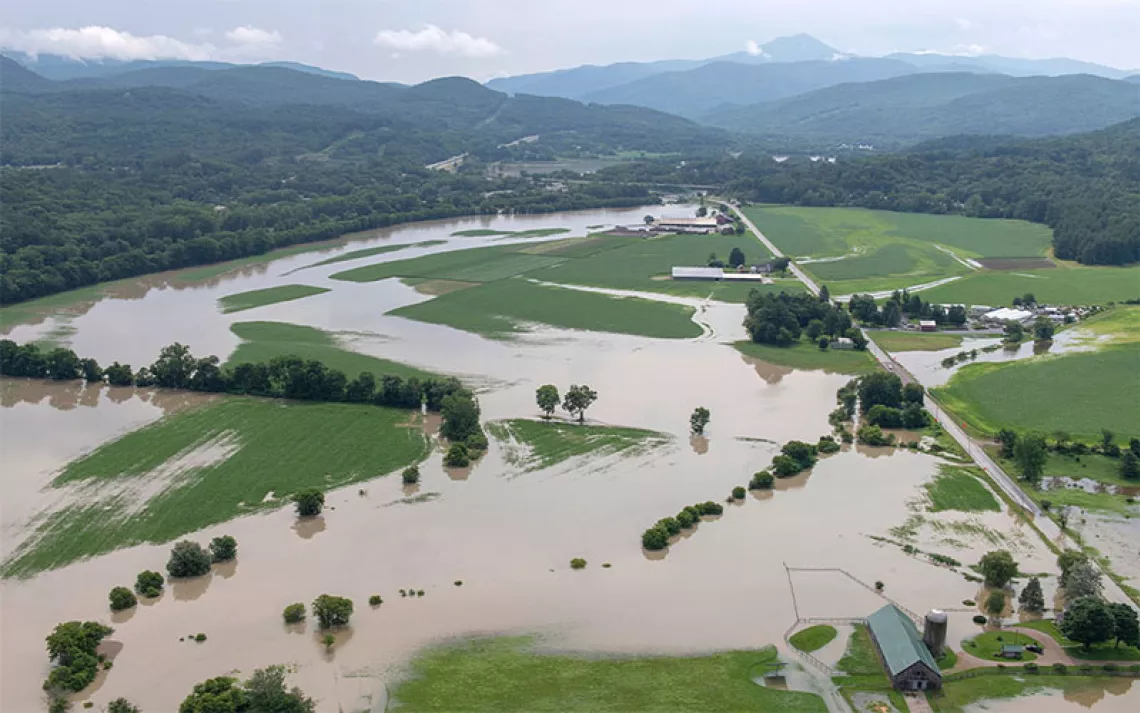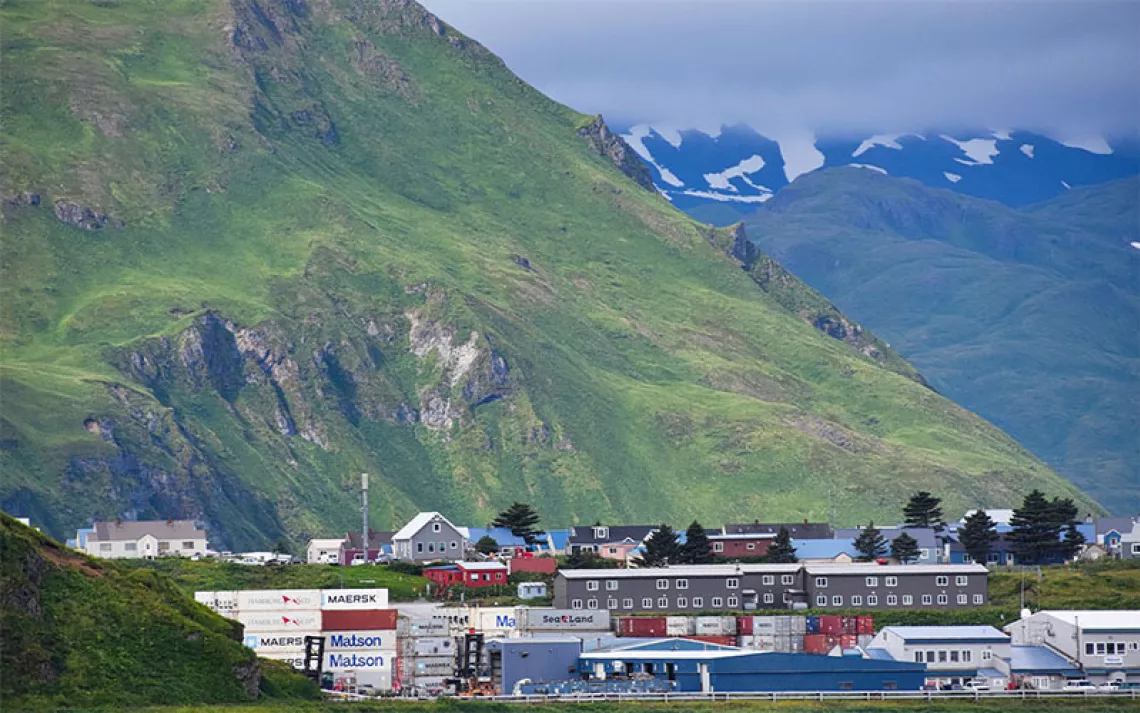Sea Level Rise May Be Inevitable, But Despair Doesn’t Have to Be
Sierra Club volunteer Arthur Feinstein says preparation is key

Photo by Sam Murphy
Name: Arthur Feinstein
Location: San Francisco, California
Contribution: Works with Sierra Club climate adaptation task force on preparing for sea level rise
*
When we talk about the threat of sea level rise, what exactly do we mean?
The most recent climate change assessment coming out of California says that by 2100, we could lose up to three-quarters of our beaches. This also means we would lose our seagrasses, which are critically important to fisheries and for sequestering carbon. Seabirds will disappear because they’re not going to have fish to eat or beaches to nest on. Our coastal communities will also be in trouble—if you live next to a beach and the beach is underwater, you will be too. The impacts are huge.
What can we do about it?
There are quite a few approaches we can take to slow this process down. One of them is called a living shoreline, in which you place logs and natural debris to slow up the impact of waves so they don't wash the sand away as quickly. You don't have quite as pristine a beach, but it’s still a beach. It gives time for the beach to grow if there is also sand coming in. Same thing with the tidal marshes. In the San Francisco Bay, they're talking about bringing sediment into tidal marshes so that as the sea level rises, the elevation also rises.
The issue becomes thornier when we talk about the human communities that are on the shore. Within 30 years, many of them will be in the water, and before then, they are going to be flooded from king tides and high storm surges. Do we allow them to rebuild? The California Coastal Commission is moving toward saying no, but that’s not necessarily the case around the country. The tool that will be the most difficult but also the most likely to succeed is managed retreat. A wetland will move inland if the land behind it is relatively level. The question is, how do we get people out of the way?
You predict that sea level rise will exacerbate social equity issues. How so?
Disadvantaged communities on the shoreline are going to be inundated, and they have no resources to do anything about it. An example here is in East Palo Alto, a predominately low-income, ethnically diverse community that is going to be underwater because it’s a very flat place. Right next to it is Palo Alto, a rich community that can probably afford a seawall or other alternatives.
And then there’s the social equity issue of displacement. If you live in Palo Alto and your house is going to be underwater, you can afford to move. But if you live in East Palo Alto, it will be too expensive for you to relocate anywhere else in the Bay Area.
Does the Sierra Club have a role in helping us prepare?
It can help make sure that society comes up with solutions that preserve our natural resources and address social equity rather than just, say, wealthy communities putting up seawalls. There’s a Sierra Club adaptation task force working to identify adaptation needs in response to climate change in different categories—I advise the Coast and Ocean Sea Level Rise subgroup.
What’s your background?
I’ve been an environmentalist for 40 years. I was executive director of our local Audubon chapter for about 15 years. Then I became a volunteer with the Sierra Club’s SF Bay chapter and got on their executive committee and was chapter chair because that’s what I do—I do conservation. Now I am the chair of the California Conservation Committee, and I also sit on some other organizations, including the San Francisco Bay Joint Venture, which works on preserving wetlands. In the Bay Area, we have a goal of restoring 100,000 acres of wetlands, so sea level rise is a huge issue. You don’t really want to spend billions of dollars restoring wetlands and then have them drown.
With all that you know about sea level rise, I'm sure you're very worried about the future. Do you still have some hope?
If you look at the worst-case scenarios, it's very hard to be hopeful. But if we figure out how to stop burning fossil fuels and keep temperatures reasonably down, then I do think there's a really good chance of addressing sea level rise. It’s not going to go away, but if we face the fact, we will be able to do something. Tools like managed retreat and living shorelines and maintaining sediment in our wetlands and mudflats can succeed in a lot of places. I have a 16-year-old granddaughter, so I try not to let myself get totally pessimistic about it. I am not in the depths of despair.
 The Magazine of The Sierra Club
The Magazine of The Sierra Club



